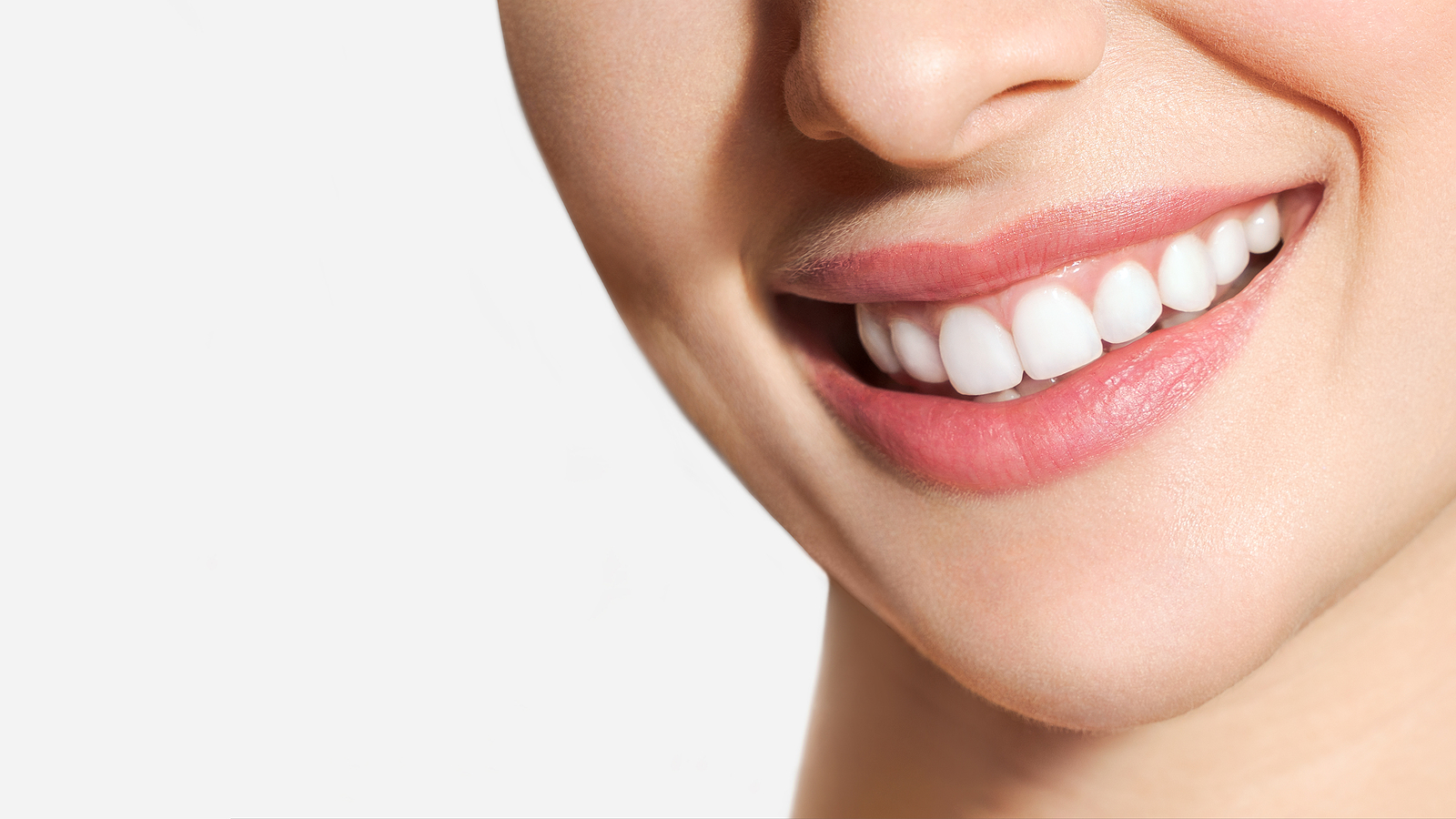Our Redmond Cosmetic Dentistry office Has An Effective Tool For Tooth Repair, Dental Veneers
Posted by Alison Han Sep 09,2021

Of all the tools available in cosmetic dentistry, dental veneers are one of the most used and rapidly growing solutions. Our Redmond dental office has a great number of tools to choose from when it comes to making your teeth better looking and increasing their functionality. There is a market full of choices, but even among this stiff competition, dental veneers make their mark by being highly durable, extremely malleable, and often less expensive than some of the other options out there.
It is hard to figure out exactly why dental veneers are so popular, given that there is a host of reasons that make them a superior product, but many of our patients like the idea that dental veneers only intrude minimally by removing the least possible natural enamel so they can fit better. Any time cosmetic dentistry has to make a fix in your teeth, using either an enhancement or a prosthetic device, there will be some expected loss of tooth enamel. This is so we can place the prosthetic, or in the case of a dental veneer, enhance it in such a way that it fits flush with the rest of the teeth and appears to be completely natural.
When it comes to devices like dental crowns, which are used extensively to fix broken teeth and repair teeth that have been damaged by decay, there is a need to remove most of the enamel. Shaving the enamel down to a small nub gives the cosmetic dentist enough original enamel to attach the dental crown, but not so much that it would interfere with the placement or aesthetics of the device. On the other hand, when you chose to use dental veneers, we will only need to shave a bare minimum of the natural enamel. The porcelain veneers then fit into the place of the removed enamel for a perfect replacement. This ability to fix teeth, augmenting them without removing a great deal of the natural enamel, is a great advantage, but certainly not the only one inherent to dental veneers.
From a cosmetic dentistry perspective, dental veneers are the quickest fix solution we offer. To understand this, look at crooked teeth, also called malocclusion. If you have mild malocclusion, you have the option of using dental veneers placed by cosmetic dentistry to correct this problem. Treatment of crooked teeth by dental veneers means you will have the porcelain veneers fitted with two appointments, which are each long in duration, but nowhere near as time-consuming as other options. The second option you have to straighten your teeth is to use an orthodontics method, which would involve the use of devices like Invisalign® or braces. These are highly effective devices and your only option for severe malocclusion, but they require time to move the teeth into a proper alignment. Traditionally, this kind of treatment will last around 12 months, which is a very long time to put into fixing your smile. Definitely worth it, but it is also worth exploring if dental veneers can do the same job in hours, instead of months.
More Blog Posts
Office Hours
MON8:00 am - 5:00 pm
MON - TUE9:00 am - 5:00 pm
TUE - WED8:00 am - 5:00 pm
WED9:00 am - 5:00 pm
THU8:00 am - 5:00 pm
THU - FRI9:00 am - 5:00 pm
FRI8:00 am - 5:00 pm
SATClosed
SATBy appointments only
SUN - SUNClosed








